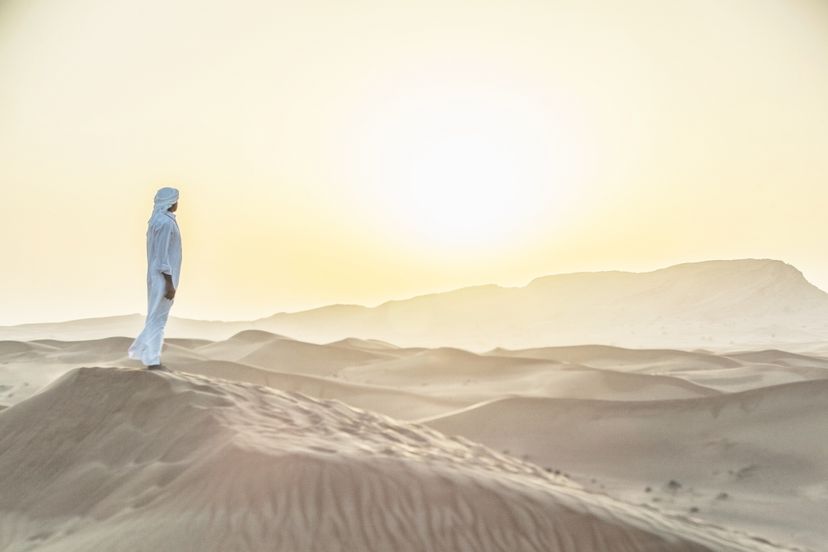TheArabian Desertholds a wealth of cultural significance, with its diverse influences shaping the region's history. In this captivating section, we'll embark on a journey exploring the cultural tapestry woven within the desert's borders. Buoyed by the vibrantBedouin culturethat thrives amidst the golden dunes, we'll uncover the intriguing practices and traditions that have withstood the test of time. We'll delve into the fascinating world ofcamel husbandry and trade, unearthing the pivotal role these majestic creatures have played in shaping the Arabian Desert's identity.
Bedouin Culture
During a journey through the Arabian Desert, I had the privilege of experiencing the rich and vibrant Bedouin culture. The Bedouin culture, which is an integral part of the Arabian Desert, has shaped the lives of nomadic communities for centuries. It revolves around close-knit communities where families form the foundation of their social structure. Cooperation and support among members are essential for survival in the harsh desert environment.
The Bedouins have cultivated a deep understanding of the desert and developed specialized skills to navigate its vast expanse. Their knowledge of water sources, navigation, and survival techniques is unparalleled. Their expertise in desert skills is a testament to their resilience and adaptability.
Hospitality is a core aspect of Bedouin culture. Traditionally, Bedouins welcome strangers with open arms, offering them shelter, food, and an opportunity to experience their way of life. This fosters cultural exchange and mutual respect, creating lasting bonds between different communities.
The attire of the Bedouin people is a reflection of their adaptation to the desert climate. Men wear loose-fitting robes called "dishdashas," while women dress in long, flowing garments such as "abayas" and headscarves. These traditional garments not only provide protection from the scorching sun but also preserve the cultural identity of the Bedouin community.
Preserving traditions is of utmost importance to Bedouins. They cherish oral storytelling, poetry, and traditional music as forms of cultural expression. These art forms are passed down through generations, ensuring that the rich heritage of Bedouin culture remains alive and thriving.
My experience staying with a Bedouin family was truly memorable. Their hospitality and generosity left a lasting impression on me. They shared stories of their ancestors and their deep connection to the land, allowing me to understand the profound significance of their cultural heritage. I was fortunate to participate in their daily activities, observing firsthand their sense of community and resilience. From milking camels to cooking meals over an open fire, every moment was a lesson in the value of simplicity and the importance of preserving traditions. This humbling experience deepened my appreciation for the richness and beauty of Bedouin culture.
Camel Husbandry and Trade
Camel husbandry and trade play a vital role in the culture and economy of the Arabian Desert. The Bedouin people, who are nomadic herders, possess a profound understanding of camels and their requirements. This knowledge allows them to thrive in the harsh desert environment.
Camels are well-suited for desert life and are utilized for transportation, enabling the movement of people and goods over long distances. They provide vital resources such as milk, meat, and wool, which are essential for the sustenance of Bedouin communities.
The camel trade holds great significance as an economic activity, both within the Arabian Desert and globally. Camels are sold for their meat, milk, wool, and for breeding purposes.
In the Arabian Desert, camel trade has a rich historical tradition. It has witnessed bustling markets and fairs that attract traders and buyers from diverse regions, fostering cultural exchange and creating economic opportunities.
Nevertheless, camel husbandry faces challenges due to modernization and evolving lifestyles, resulting in a decline among certain Bedouin communities. Advancements in transportation and changing economic dynamics impact the demand for camels.
Despite these obstacles, camel husbandry and trade remain inseparable from the identity and heritage of the Arabian Desert. They preserve a centuries-old tradition and contribute to the cultural and economic vibrancy of the region.
